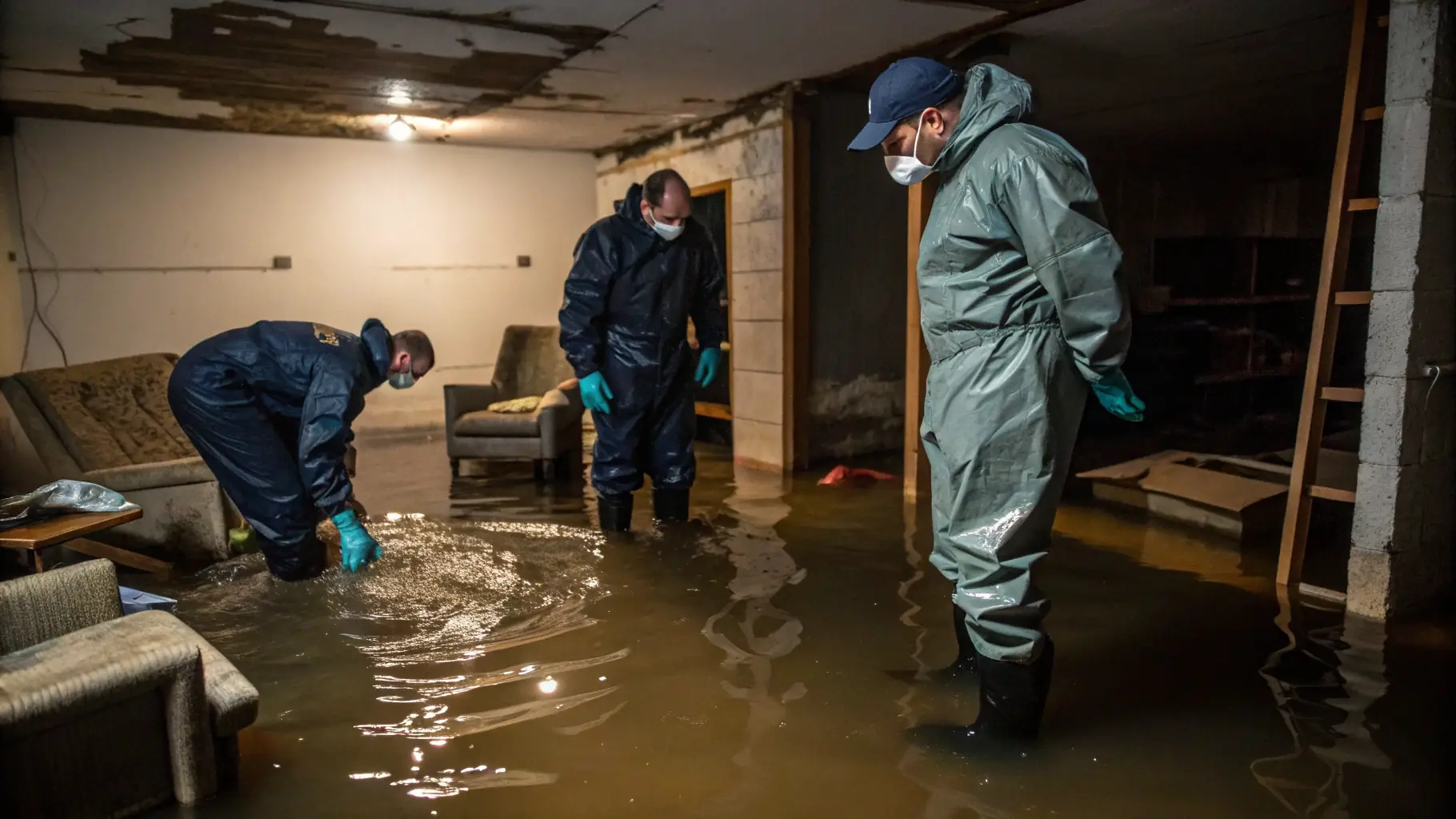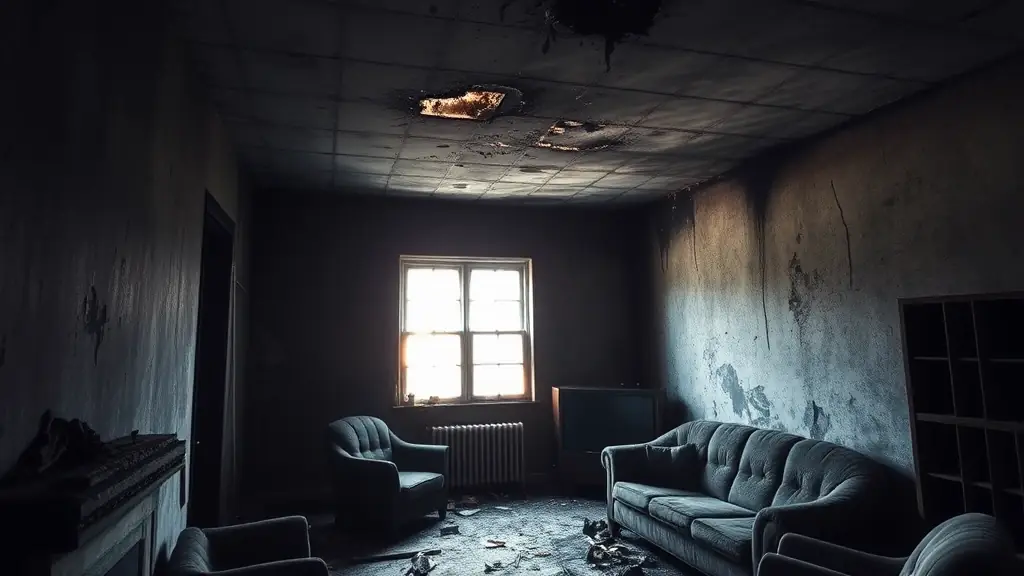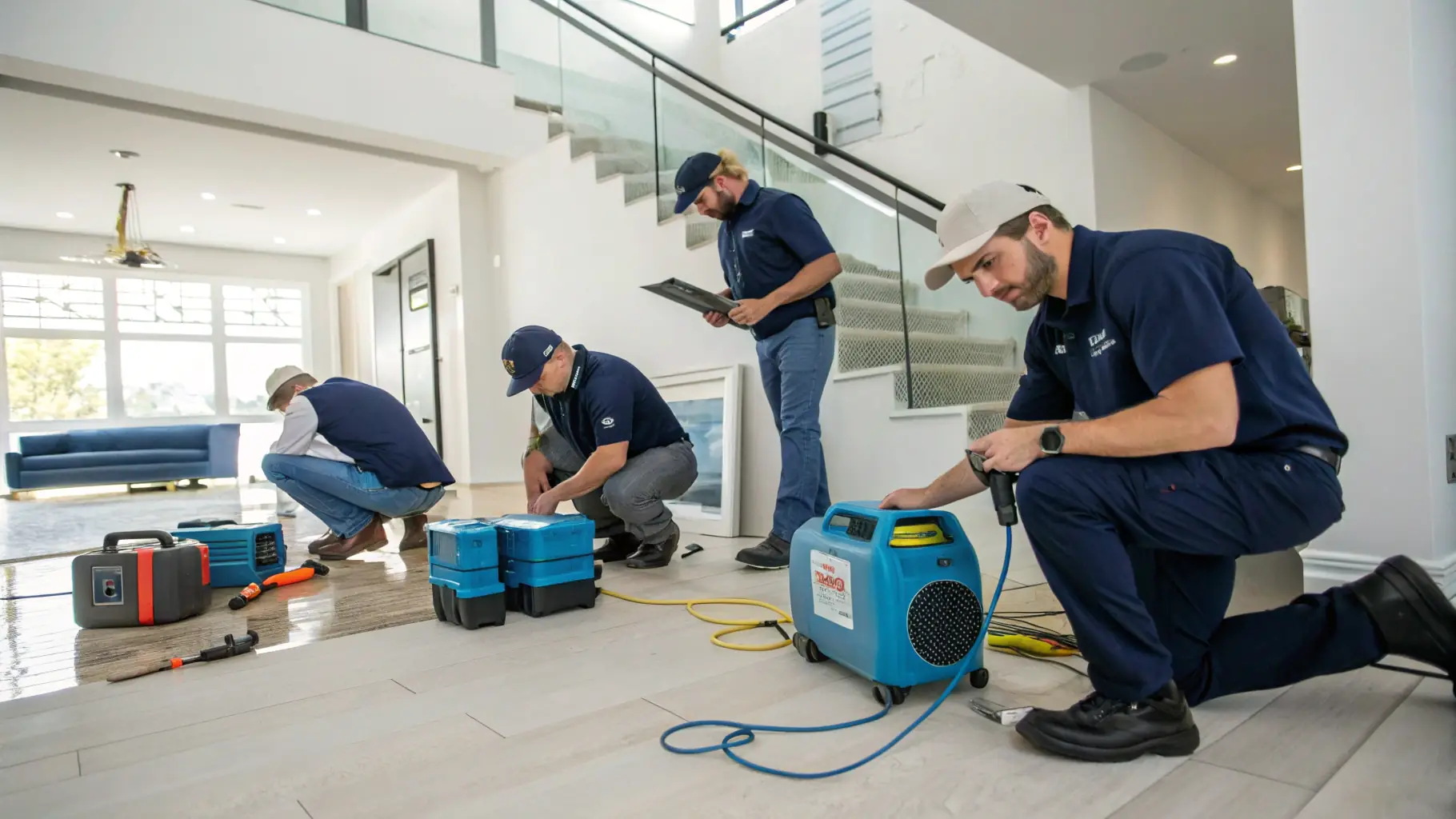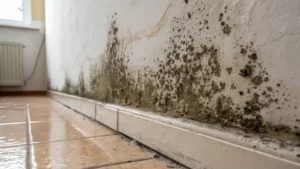Water damage can manifest in various forms, each requiring a specific approach to restoration. Understanding these differences is key to effective mitigation and repair. From the slow seep of a leaky pipe to the sudden deluge of a flood, each type of water damage presents unique challenges. Different types of water damage have varying degrees of severity. For example, clean water damage, such as a leaky faucet, is often easier to address than contaminated water damage, such as floodwater. This difference in severity directly impacts the restoration process and the potential for further damage. Knowing the source of the water damage is essential for determining the appropriate course of action. Identifying the source helps to prevent further damage and ensures that the restoration process is targeted and effective. This includes factors like the type of water (clean, gray, or black water), the extent of the damage, and the materials affected.
Fire and Smoke Damage Restoration: A Comprehensive Guide
Fire and smoke damage restoration requires a specialized approach to address the unique challenges.




